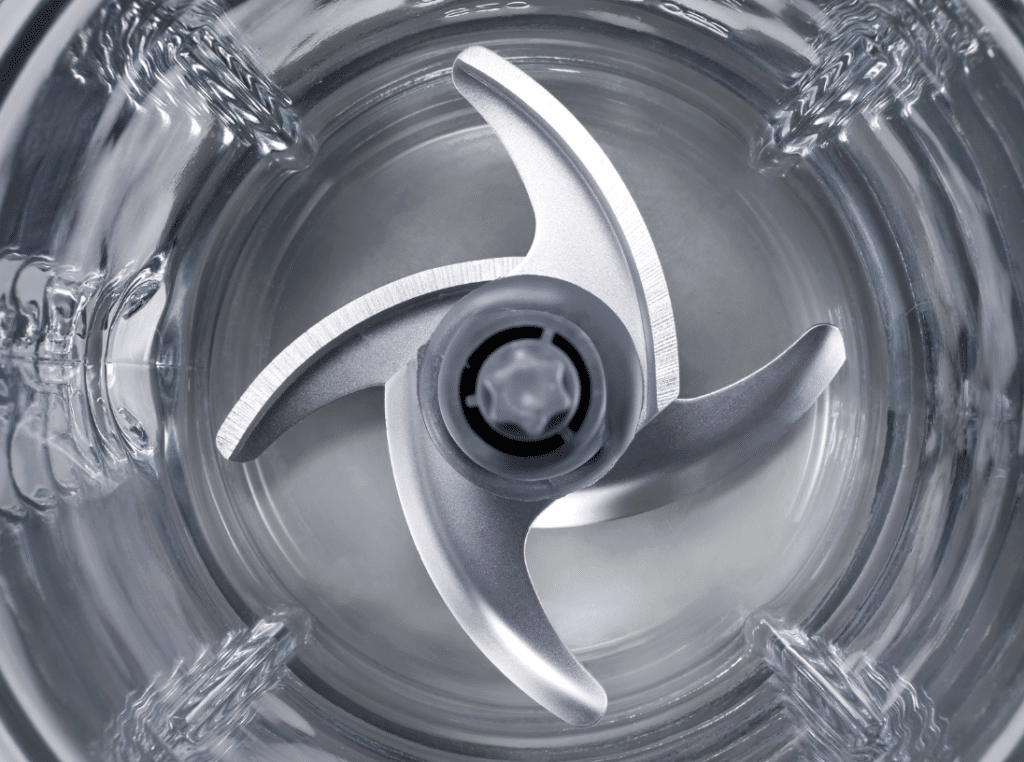Whether you are bartending or pureeing soup, you need a blender that’s consistent, durable, and maintains its quality after extended use.
Blend It Up
Commercial blenders are designed to be used in high-volume restaurants and service kitchens and are reliable blenders that are suitable for consistent usage. When shopping for the right high-powered tool that gets the job done, you’ll want to consider these things: Easy to clean and dishwasher safe, non-skid feet, BPA free, toggle versus variable speed, the amount of counter space you have, the noise level, its performance and consistency, and the warranty information.
Consistent Performance
That may seem like a lot to consider, but probably most important is how it performs and if it’s consistent. A consistent blender is a valuable one. If you are creating a smooth soup, you don’t want it coming out like a thick and chunky salsa.
Cutting speed is measured in RPM (rotations per minute). The higher the RPM, the faster your countertop appliance is at mixing and blending your food. Horsepower plays a part in your motor’s cutting speed, as the higher the horsepower, the more useful it will be at chopping up food or ice. The higher the wattage, the more power your blender uses during its operation and the more consistent it will be.
Easy to Clean
Easy cleaning makes everyone’s job a little easier. Bartenders and chefs are in constant use of these appliances for various concoctions. The easier it is to clean, the faster they can prepare an order. Dishwasher-safe makes it easy to sanitize.
Noise Level
Not all blenders are created equal when it comes to the noise they create. You don’t want a five-star restaurant to sound like a construction worksite. Many of these appliances list on their spec sheets the range of decibels.
Blade Quality
These appliances are typically made from high-quality stainless steel, valued for its exceptional durability and resistance to corrosion. Stainless steel maintains sharpness over countless uses, ensuring consistent performance essential in high-volume environments. This material choice supports efficient blending and longevity, reducing replacement frequency.
Material and Build Quality
Commercial blenders often employ materials like metal, plastic, and glass. Metal components ensure durability and stability, crucial for high-volume use. Plastic offers lightweight versatility but may wear faster. Glass, though heavier and fragile, provides a non-reactive surface ideal for flavor preservation, impacting both longevity and performance.
Design and Ergonomics
Design elements critical for heavy use include ergonomic handles for comfort, intuitive control panels for ease of operation, and optimally shaped jars that ensure efficient and consistent blending.
Certifications and Standards
Commercial blenders may feature certifications like NSF certification, which validates sanitation standards, ensuring the equipment meets strict public health regulations. Such endorsements are crucial for maintaining compliance in commercial kitchen settings, enhancing safety, and supporting health inspections.
Choosing the Right Commercial-Grade Blender
Choosing the right commercial-grade blender is crucial for any busy kitchen. It’s essential to select a model that guarantees consistency, durability, and sustained quality over time. Look for blenders with robust materials, powerful motors, and ergonomic designs to ensure they can handle frequent use without compromising performance. Prioritizing these features will ensure your blender remains a reliable tool in your culinary arsenal, enhancing your kitchen’s efficiency and product quality.

